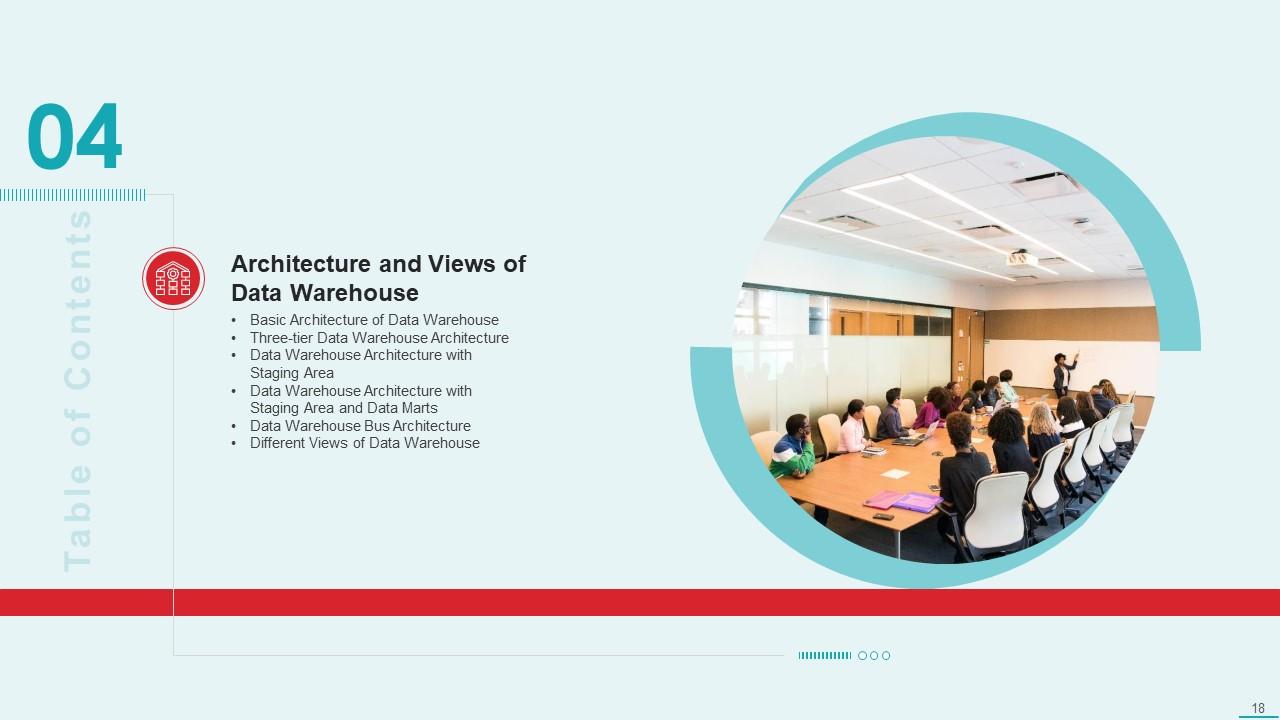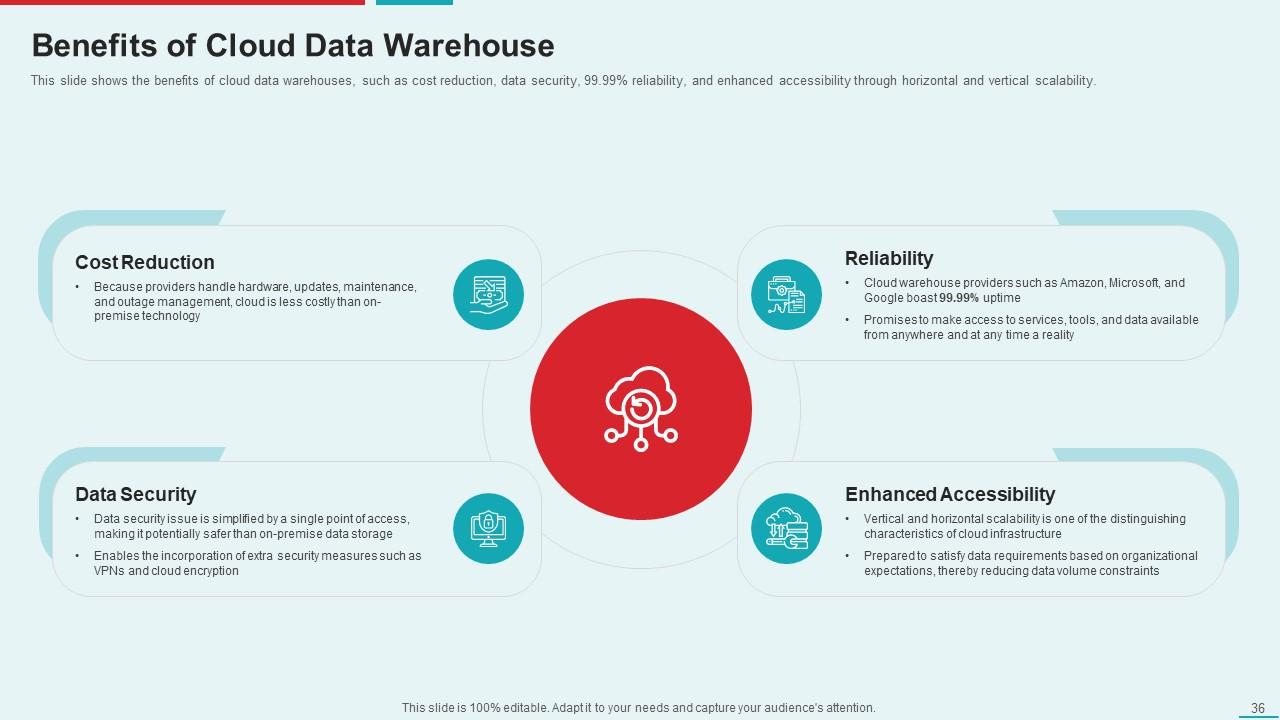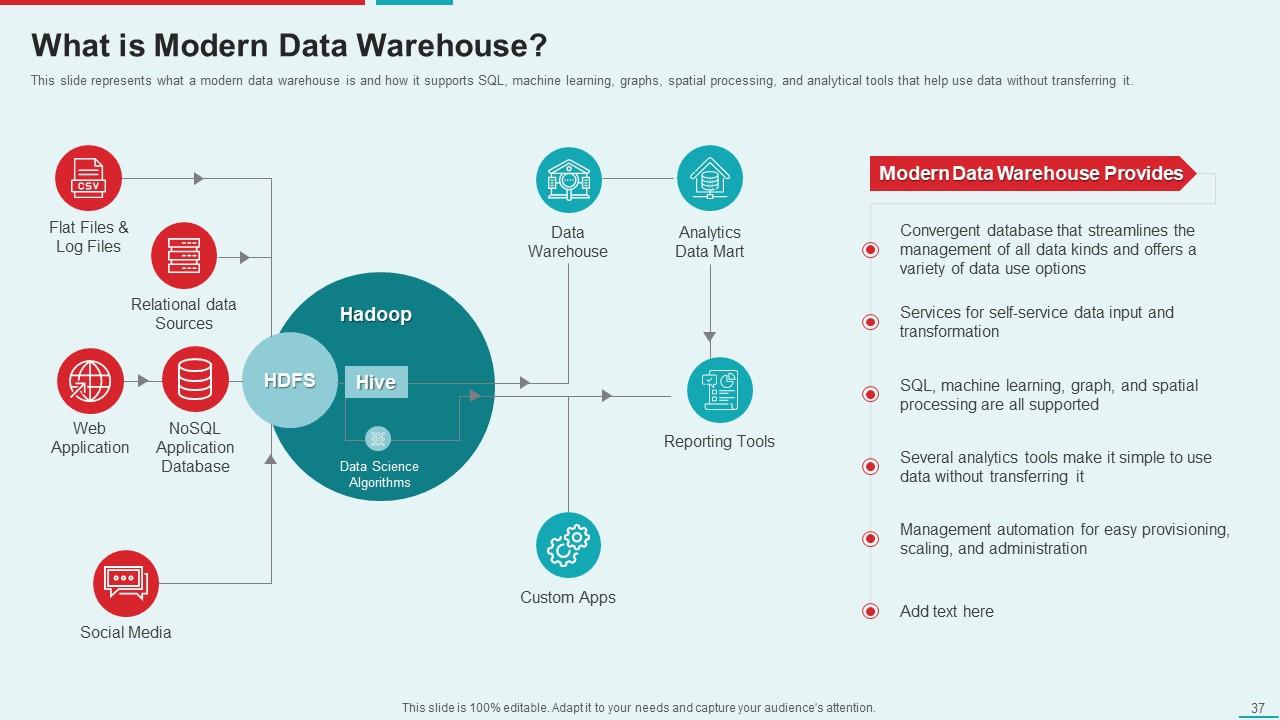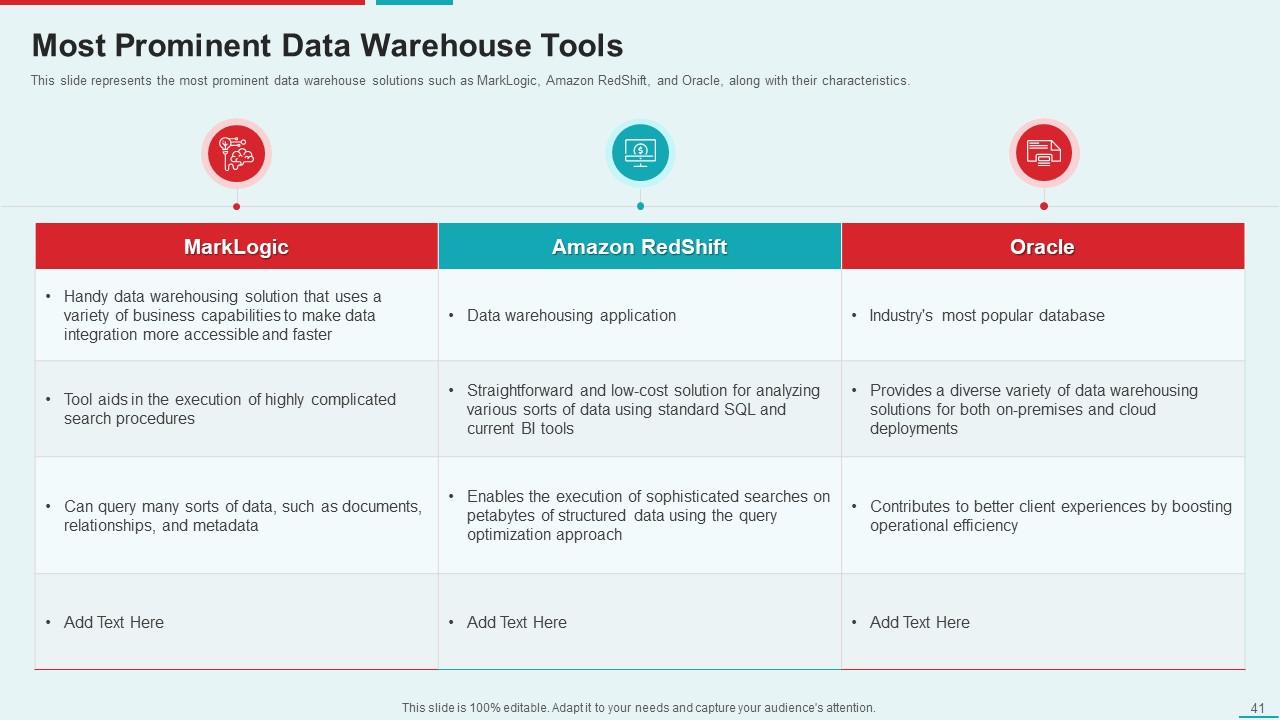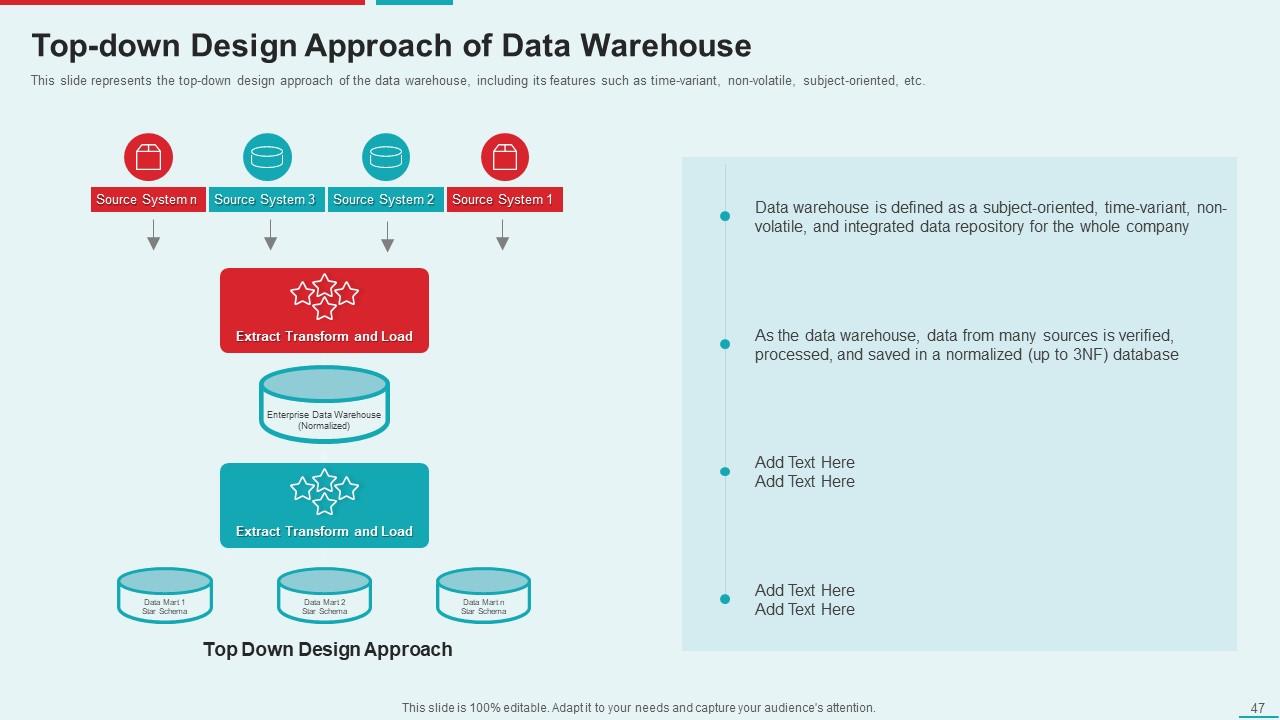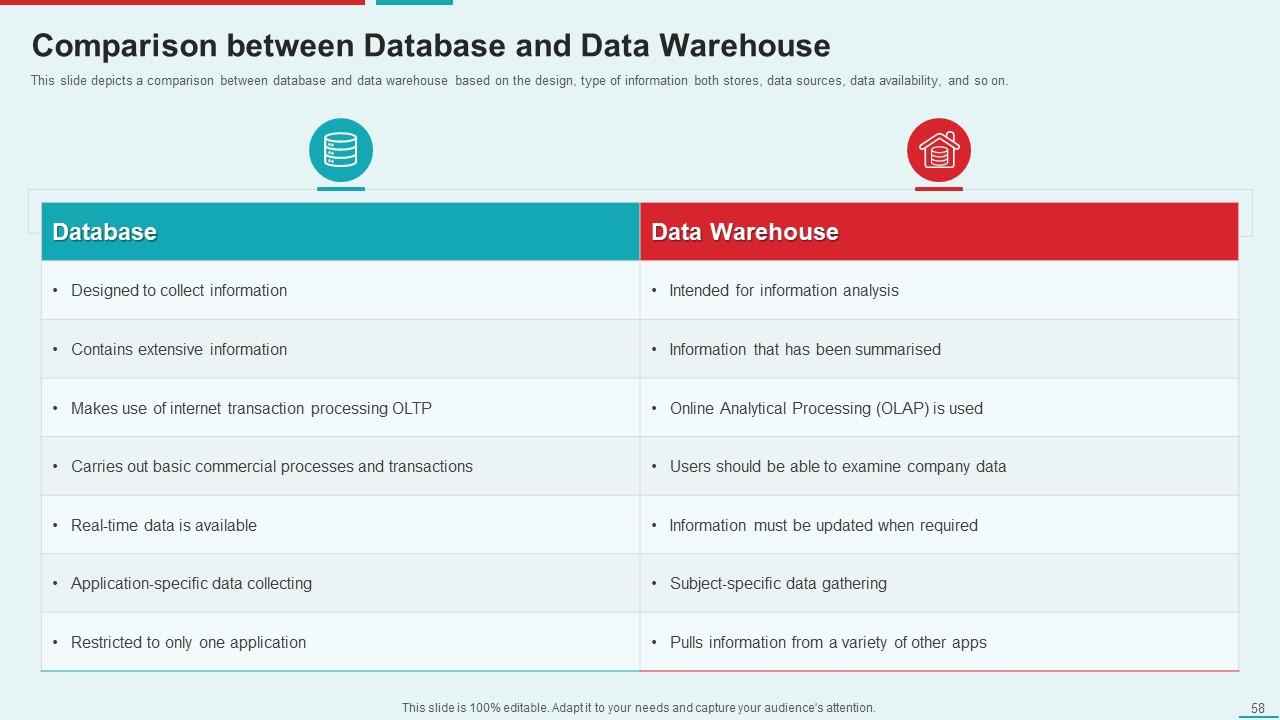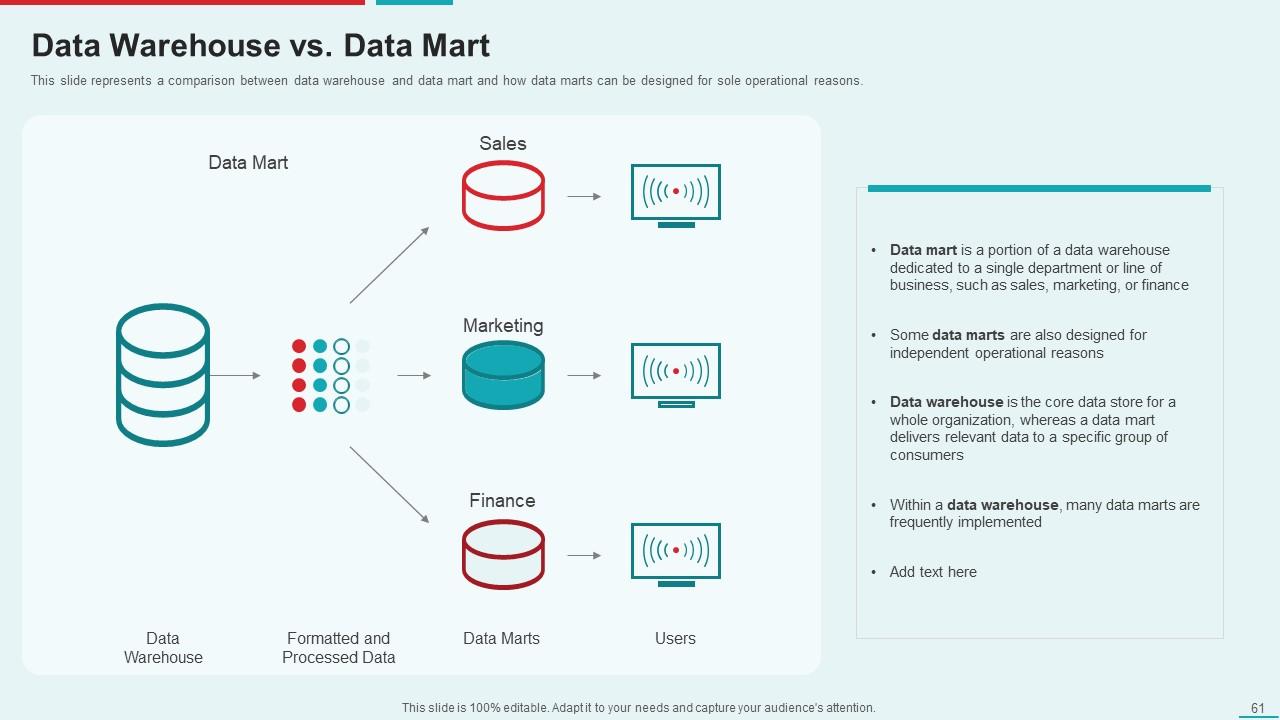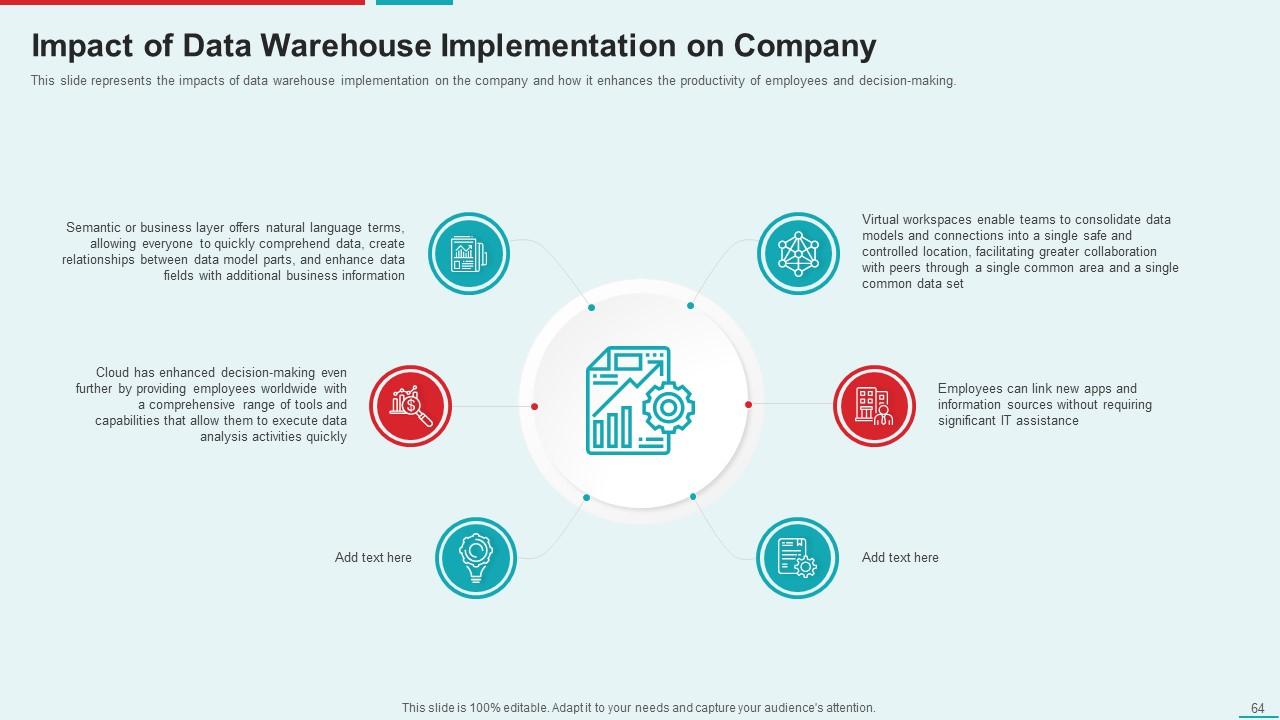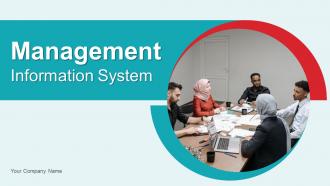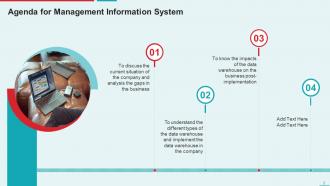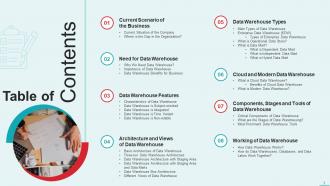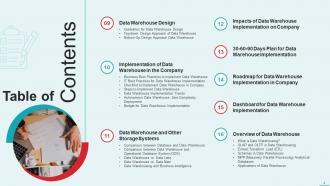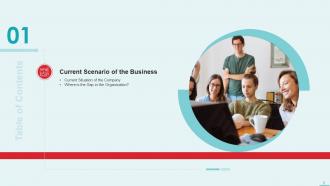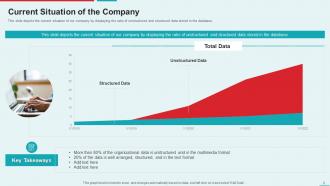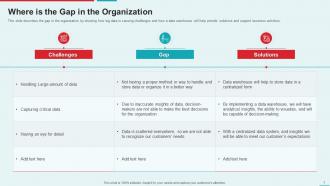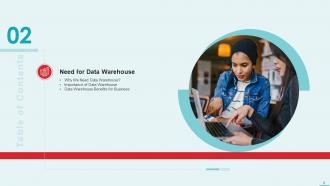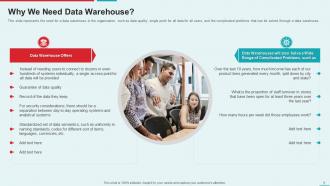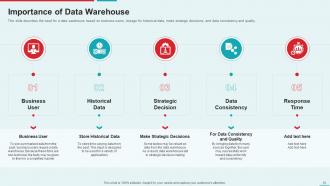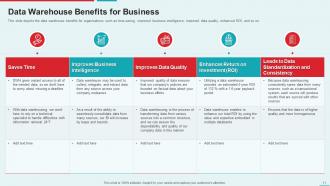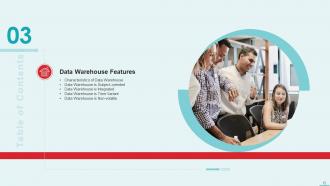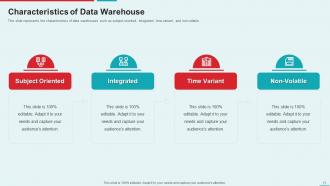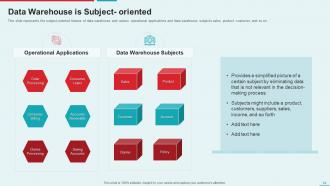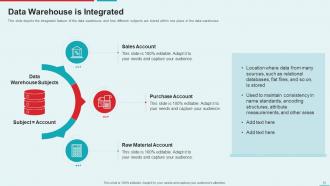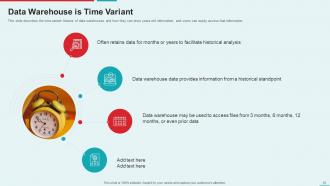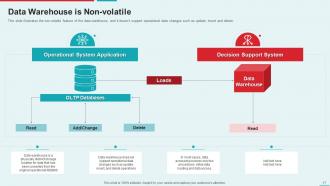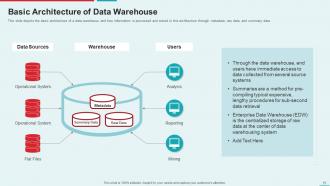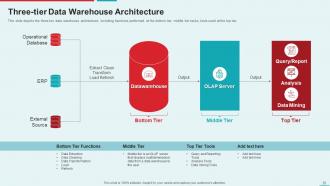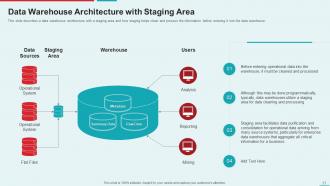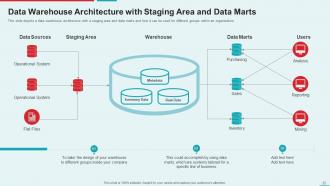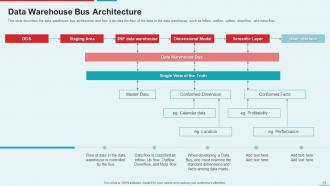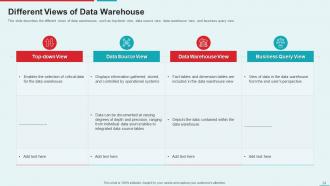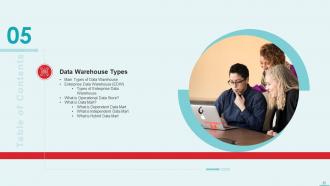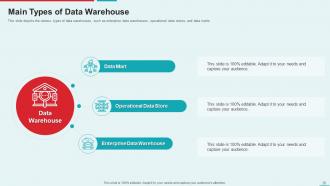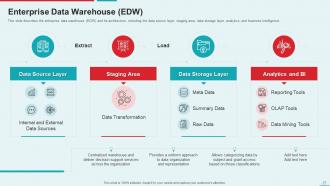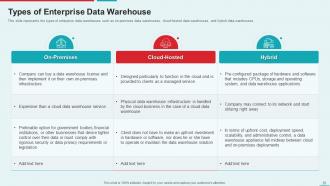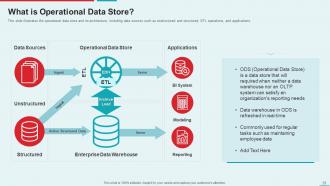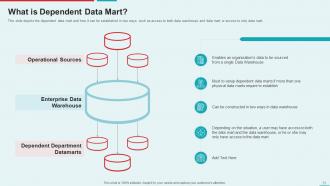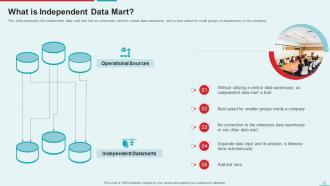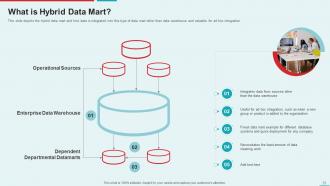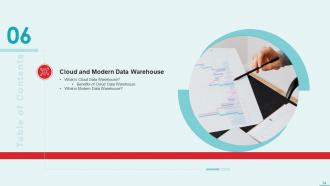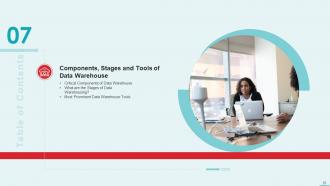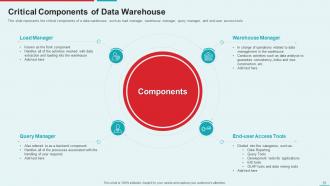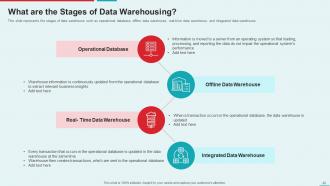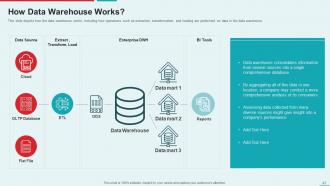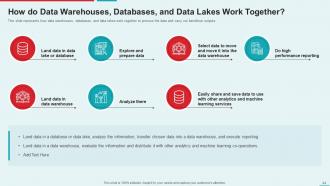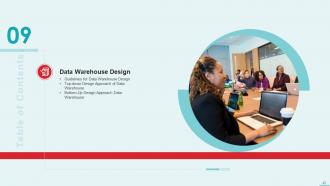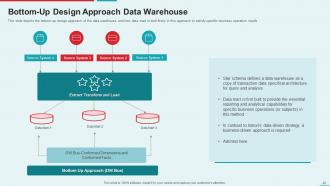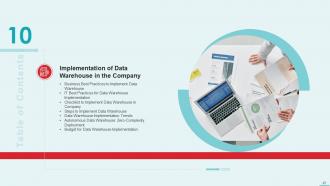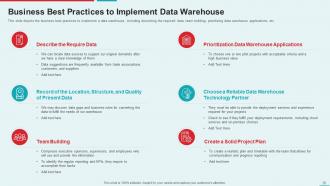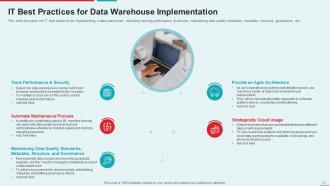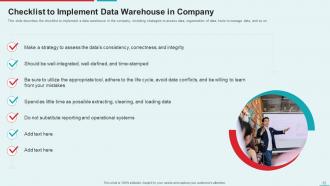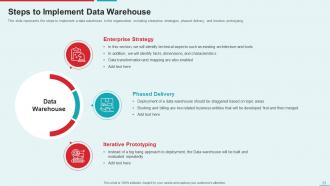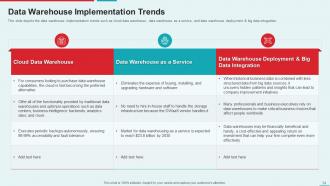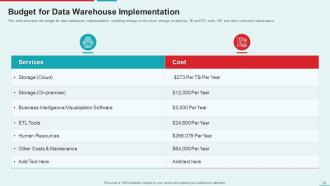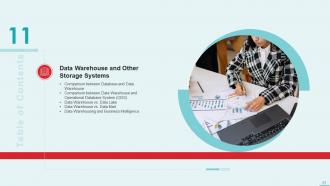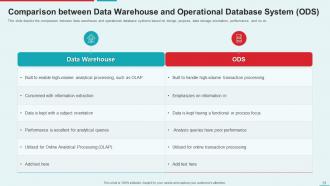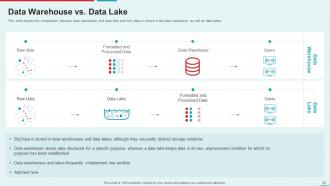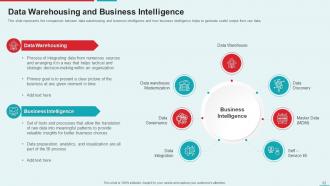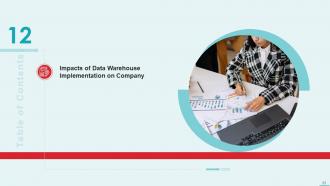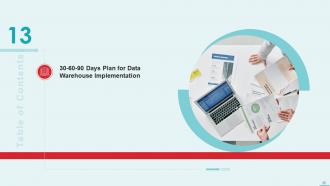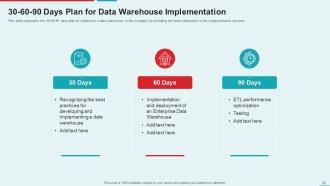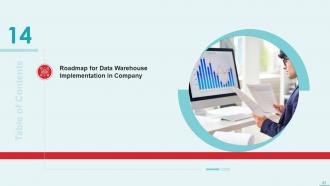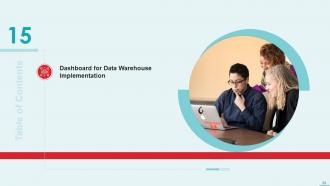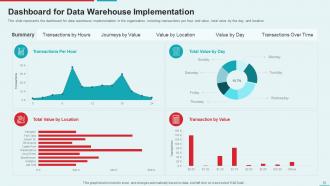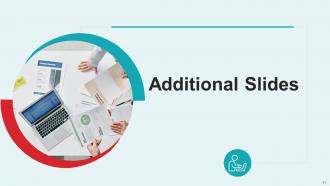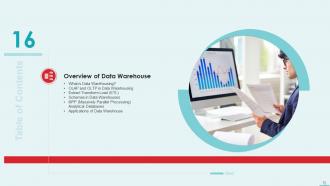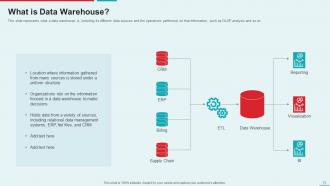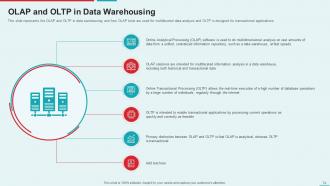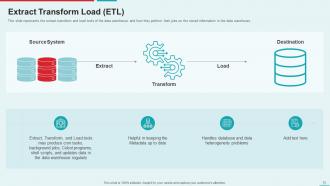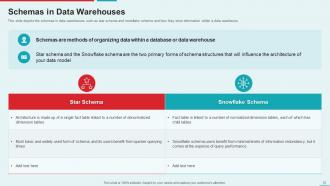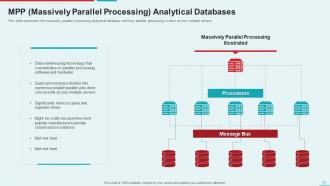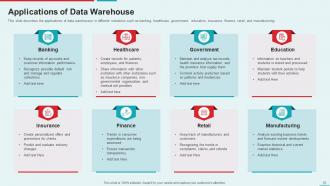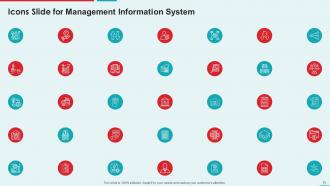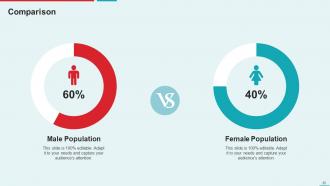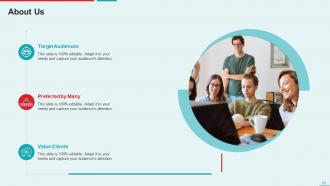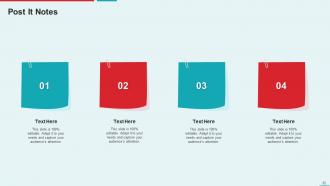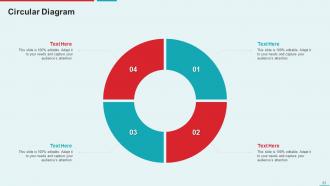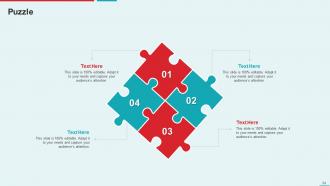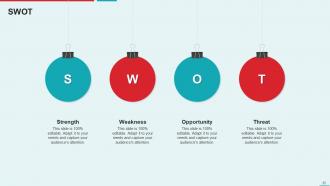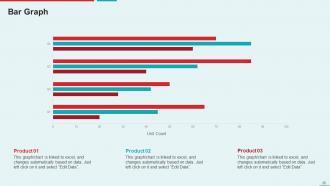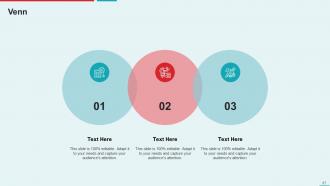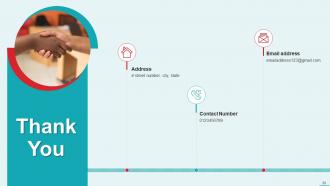Management Information System Powerpoint Presentation Slides
Corporation or other organization MIS is the safest electronic storing of information. The objective of a management information system is to build a treasure mine of historical data that can be accessed and analyzed to offer helpful insight into the business operations. Grab our professionally designed Management Information system MIS template that presents the companys current situation, gap analysis, the need for a data warehouse in the business, OLAP, OLTP, ETL, Schemas, MPP, etc. In this template, we have covered the features of MIS in different architectures such as primary, three tier, etc. Moreover, in this MIS template, we have included various types of data warehouses, cloud and modern data warehouses, components, general stages, etc. In addition, this PPT contains a working management information system, data warehouse design guidelines, approaches such as top down and bottom up, implementation of MIS, etc. Furthermore, this template compares MIS with other storage systems such as databases, operational database systems, Data Lake, and data mart. Lastly, this deck comprises the impacts of MIS implementation on business, a 30 60 90 days plan, a roadmap to implement a management information system, and a dashboard. Download it now.
You must be logged in to download this presentation.
PowerPoint presentation slides
Deliver this complete deck to your team members and other collaborators. Encompassed with stylized slides presenting various concepts, this Management Information System Powerpoint Presentation Slides is the best tool you can utilize. Personalize its content and graphics to make it unique and thought-provoking. All the eighty eight slides are editable and modifiable, so feel free to adjust them to your business setting. The font, color, and other components also come in an editable format making this PPT design the best choice for your next presentation. So, download now.
People who downloaded this PowerPoint presentation also viewed the following :
Content of this Powerpoint Presentation
We put our trust in God. Everyone else needs to bring data. - W. Edwards Deming, American economist.
Do you find it difficult to turn that data into insights that you can use in your presentations? You are not alone.
-
Immersed in a sea of information: you wage a relentless battle, striving for the precise data that weaves the narrative you seek.
-
Losing the Crowd: When you barrage your crowd with perplexing graphs and technical terminology, the audience becomes exhausted and uninterested.
-
Limited Impact: Neither important conversations nor well-informed decisions are sparked by your presentations.
What was the outcome? Missed possibilities for your organization and frustration on your part.
Want to access the work breakdown structure of the management information system? Click on the link provided.
This is your opportunity to create an impact! We'll furnish you with the strategies and assets you want to turn your MIS data from a devastating weight into a powerful advantage. We'll exhibit how to connect with presentations that:
-
Put Experiences First: Find how to gather confounded information into data that is reasonable and interesting to your crowd.
-
Initiate Your Watchers: Get familiar with the methods for making outwardly striking slides that convey a drawing in narrative.
-
Persuade Activity: Change experiences into practical suggestions that support informed independent decisions, going past just giving information.
Address key issues in your management information system with our template. Click on the link to access the same.
Management Information System Templates
In a company or other organization, MIS is the safest method for storing data digitally. A management information framework's goal is to fabricate a valuable chronicle of verifiable information that can be used to offer insightful analyses of corporate tasks. Get your hands on our masterfully planned template, which incorporates a gap analysis, a company's requirement for data warehouses, OLAP, OLTP, ETL, Outlines, and MPP. From there, the sky’s the limit. The MIS aspects in primary and three-tier architectures are covered by our template.
It also comprises components, general stages, cloud and contemporary data warehouses, and a variety of other data warehouse types. A functional management information system, data warehouse design principles, top-down and bottom-up approaches, MIS implementation, database comparisons, operational database systems, Data Lake, and data mart are also included in this presentation. Ultimately, this deck has a dashboard, an arrangement for the initial 30, 60, and 90 days, a manual for fostering an administration data framework, and the impacts of MIS establishment on associations. Get it immediately.
Template 1: Where’s The Gap in The Organization

Find the progressive capability of our Template, intended to overcome any barrier in your organization's data management. This layout frames the difficulties presented by the storm of large information and shows how a concentrated data storehouse can possibly change your business. Our template fulfills users’ need for proficient data administration by offering a deliberate way to deal with sorting out and overseeing enormous volumes of data. Focusing on the social occasion of fundamental data and encouraging a thorough environment, engages chiefs to use precise data to make well-informed and better decisions. Bid farewell to disconnected joints of knowledge and dispersed information for the efficient base of our template.
Template 2: Why We Need Data Warehouse

Discover the potency of data aggregation and optimization through our Data Warehouse blueprint. This blueprint presents a comprehensive remedy that fulfills the organization's requisites for security, accessibility, and data integrity. Through the consolidation of information sourced from origins into a unified, easily accessible platform, individuals can bid farewell to the frustration of overseeing numerous systems. Guaranteed data integrity and uniform semantics enhance effectiveness, as in this slide, while also reducing risks.
Template 3: Data Warehouse is Non-volatile

Presenting our template, an adaptable instrument to assist you with working on the productivity of your data management procedures. This layout stresses how information warehousing contrasts with functional frameworks like OLTP data sets in that it isn't unstable. With our template, you can work on your presentation, excite your crowd, and establish a long-term connection.
Template 4: Basic Architecture of Data Warehouse

The fundamental concepts underpinning the design of an information dissemination hub are elucidated in this presentation. Delve into the evolution of information, transitioning from rudimentary data sources such as flat files and operational structures to enlightening narratives and thorough analyses. Perceive how metadata orchestrates this material and how troublesome enquiries are pre-figured for speedier recovery while utilizing summed-up information. The brought-together capability of the Enterprise Data Warehouse (EDW) in crude information stockpiling is clarified by this template.
Template 5: Data Warehouse Architecture with Staging Area and Data Marts

Figure out how to tailor information access for organization divisions, like sales and purchasing. Functional information is purged in the arranging region prior to being sent into the division's explicit data marts or the central warehouse. This makes reporting and analysis easier, allowing each group to focus on the data that they need most. This presentation will demonstrate your unique data flow and make the decision-making process within your organization function more smoothly.
Template 6: What is Operational Data Store

The main elements of an ODS are deconstructed in this slide, along with real-time data sources (both structured and unstructured) and how they integrate with apps. Analyze the ETL method, which stacks and changes crude information for investigation. See the development of information from the live data set into the ODS and, in the end, into the information distribution center for long-haul chronicling. Underscore the demonstrating and revealing elements, situating the ODS as the connection between the latest data and insightful investigation. Make good use of this presentation to introduce this important data management tool.
Template 7: What is Data Mart

This PowerPoint Template examines data marts, which are department-specific data warehouses that have been simplified. View the processes involved in transforming and organizing internal and external data (spreadsheets, databases) for reports and alerts (ETL). Because they carefully concentrate on specific domains, like sales or marketing, rather than including the totality of a data warehouse, data marts are more manageable and understandable. This presentation template serves as an excellent tool for sharing knowledge across departments.
Template 8: What is Dependent Data Mart?

Grab hold of our Dependent Data Mart template to unleash the potential of targeted data analysis! This educational presentation explains the two ways to set up a dependent data mart, giving users access to the mart by itself or to the mart and central data warehouse together. See the flow of operational data to departmental data marts from the enterprise data warehouse, a single source. Make use of the user access area to meet your unique requirements and make sure users can access pertinent information. Improve decision-making and data exploration with this extensive template.
Template 9: What is Hybrid Data Mart?

Utilize the template to unlock your agility! This exposition elucidates how data seamlessly traverses between the enterprise data warehouse and operational areas to erect a departmental juggernaut. By amalgamating external data, in contradistinction to conventional data marts, hybrid data marts prove ideal for impromptu analysis amid burgeoning business sectors. The primary merits of this blueprint entail minimal data purification exigencies, expedited deployment, and compatibility with a plethora of database systems.
Template 10: What is Cloud Data Warehouse?
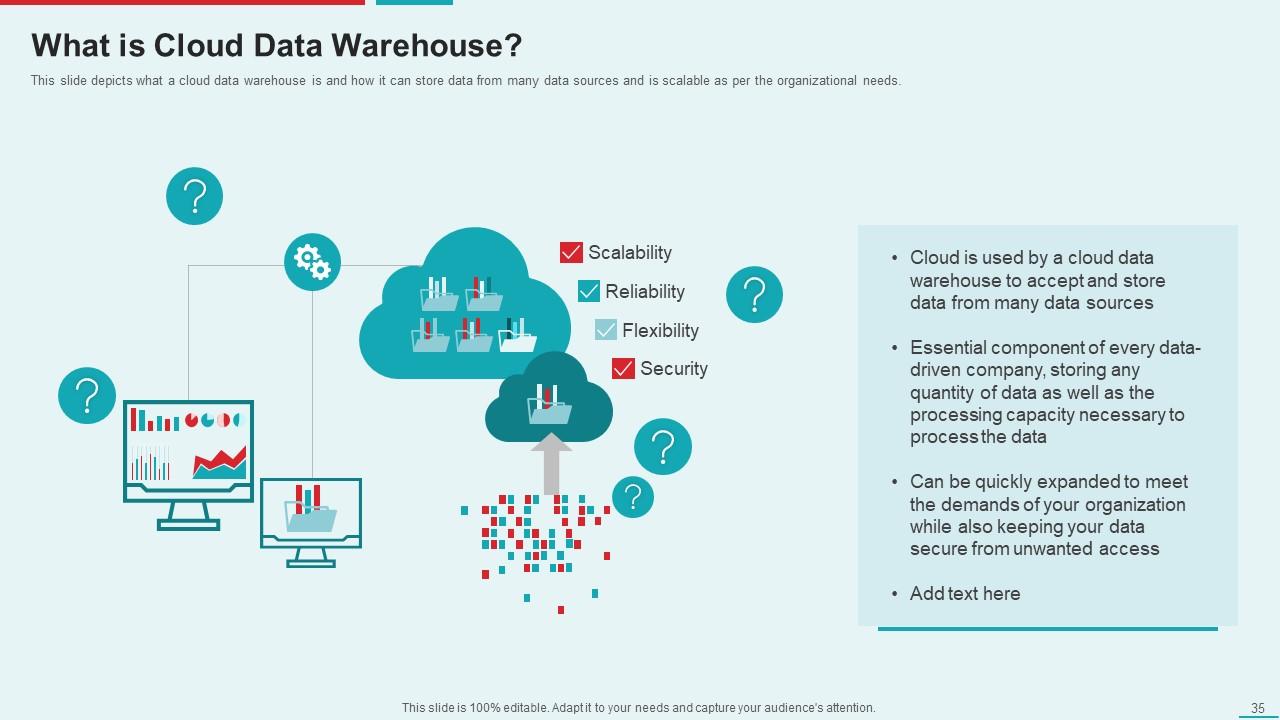
Utilize our template to unlock the potential of data! This versatile PowerPoint elucidates how it seamlessly consolidates vast reservoirs of data from diverse origins. Emphasize unwavering reliability and impregnable security protocols to safeguard your data. Showcase its flexibility by tailoring it meticulously for each data-driven project. Captivate your audience by showcasing a profound comprehension of cloud data warehousing, the key to uncovering profound insights.
******
Stop Drowning in Data, Start Making Waves!
This presentation offers tools and hands-on expertise to help businesses use data as an input for strategy. Use our decision-making heuristics with our Management Information System templates.
See a sample diagram outlining the limitations of Management Information Systems ON SlideTeam.
Management Information System Powerpoint Presentation Slides with all 93 slides:
Use our Management Information System Powerpoint Presentation Slides to effectively help you save your valuable time. They are readymade to fit into any presentation structure.
FAQs
A data warehouse is a central repository for all data in an organization, which is designed to support business intelligence activities. It is needed to improve data quality, provide a single point for all data for all users, and make strategic decisions easier.
Data warehouses are subject-oriented, integrated, time-variant, and non-volatile, whereas operational databases are transaction-oriented, not integrated, and volatile. Data warehouses store historical data, while operational databases store real-time data.
A cloud data warehouse is a type of data warehouse that stores data from many sources and is scalable as per organizational needs. Its benefits include cost reduction, data security, high reliability, and scalability.
A data warehouse is a central repository for structured data, whereas a data lake is a central repository for both structured and unstructured data. A data warehouse is designed for business intelligence, while a data lake is designed for big data processing.
The critical components of a data warehouse include load manager, warehouse manager, query manager, and end-user access tools. The load manager is responsible for extracting, transforming, and loading data into the warehouse. The warehouse manager is responsible for storing and managing the data in the warehouse. The query manager is responsible for retrieving data from the warehouse, and end-user access tools are used by end-users to access the data stored in the warehouse.
-
Thank you for offering such helpful pre-designed templates. They are really beneficial to me in my job.
-
Appreciate the research and its presentable format.

















